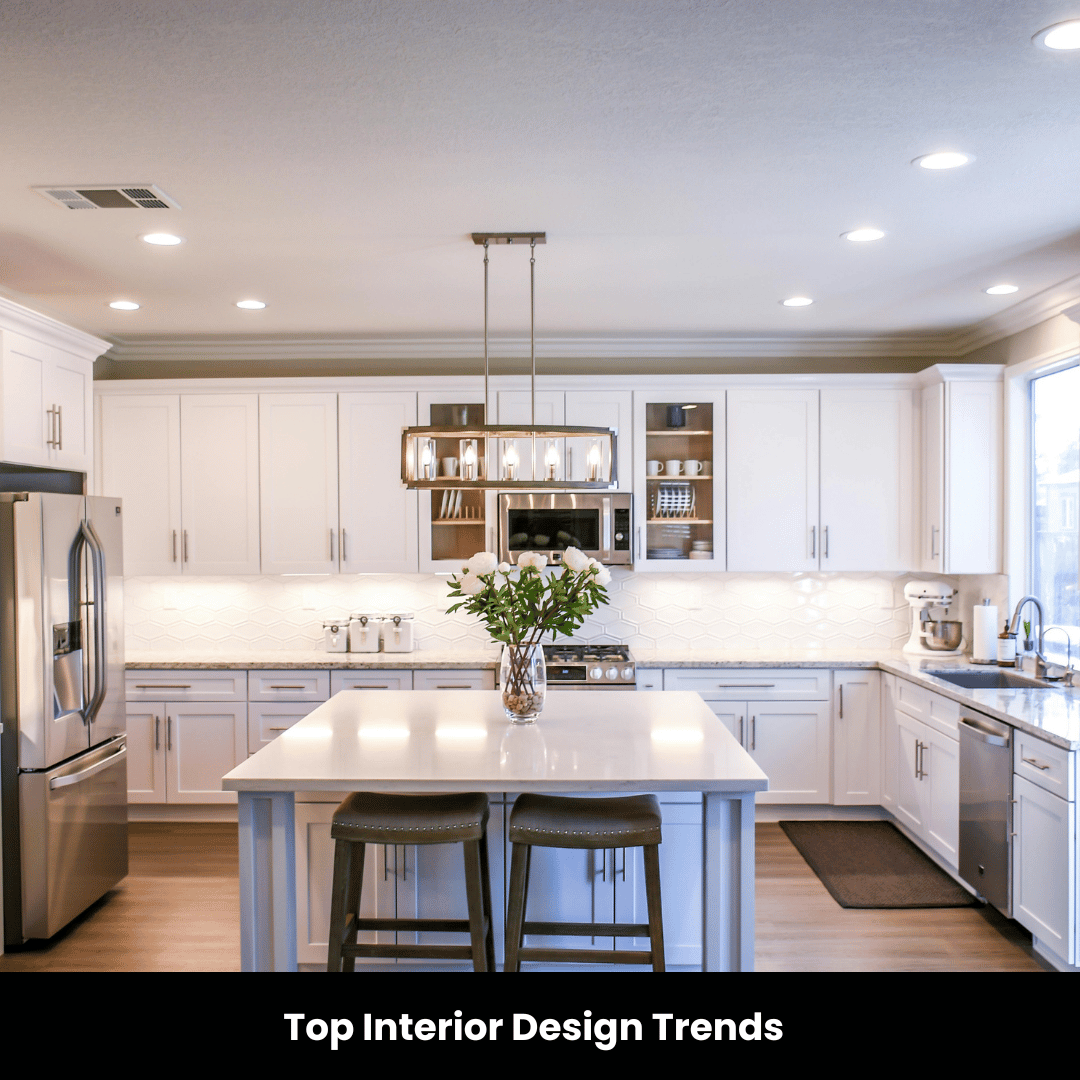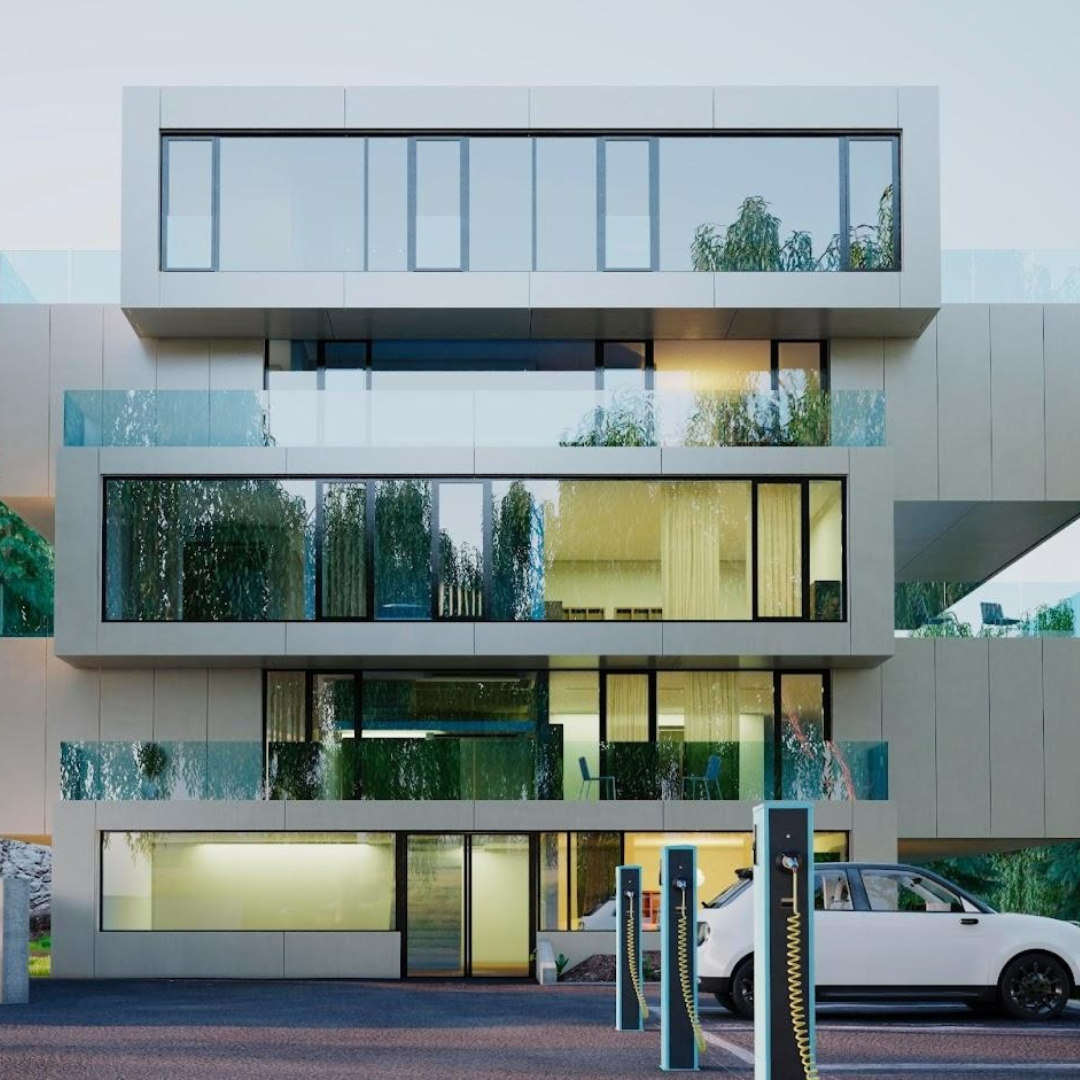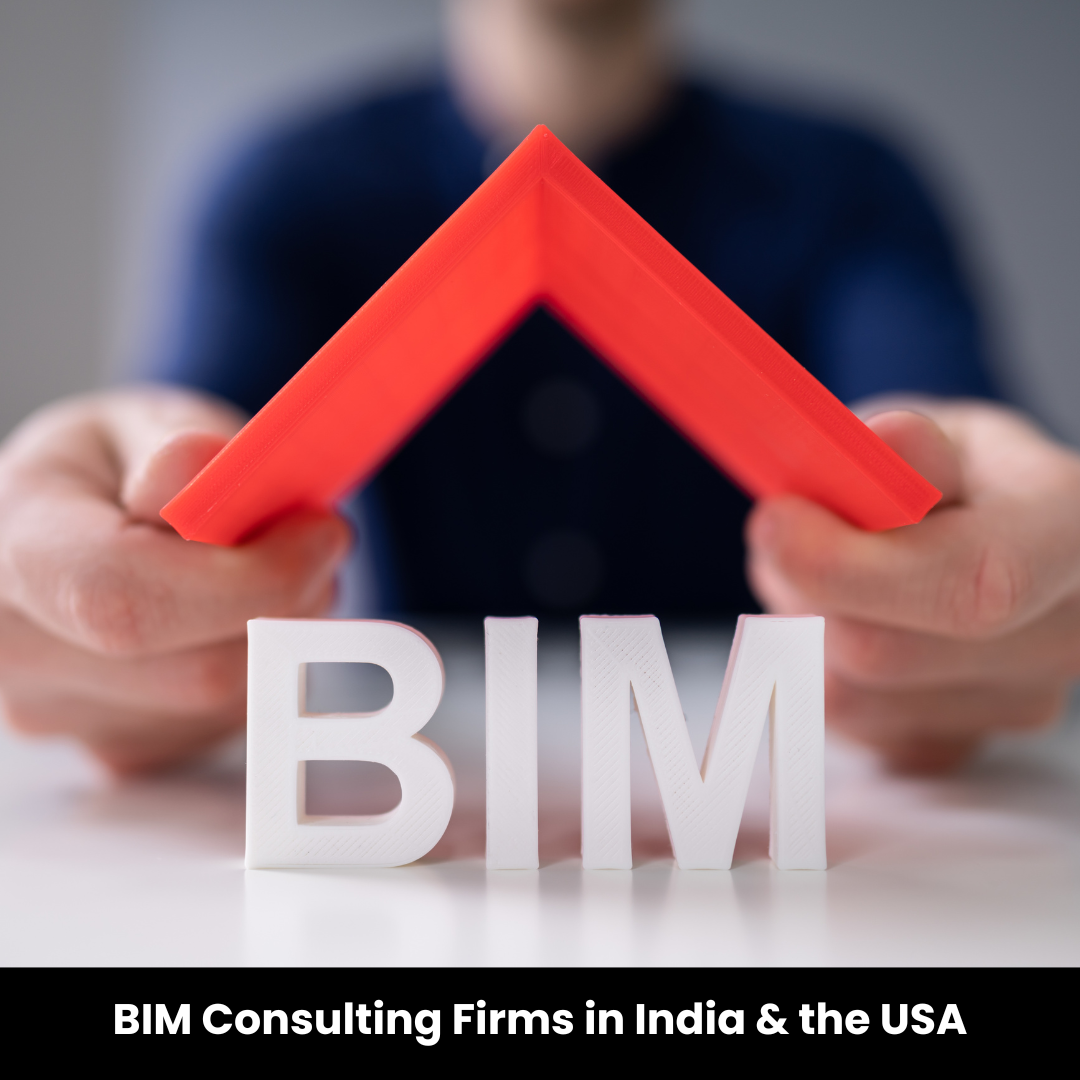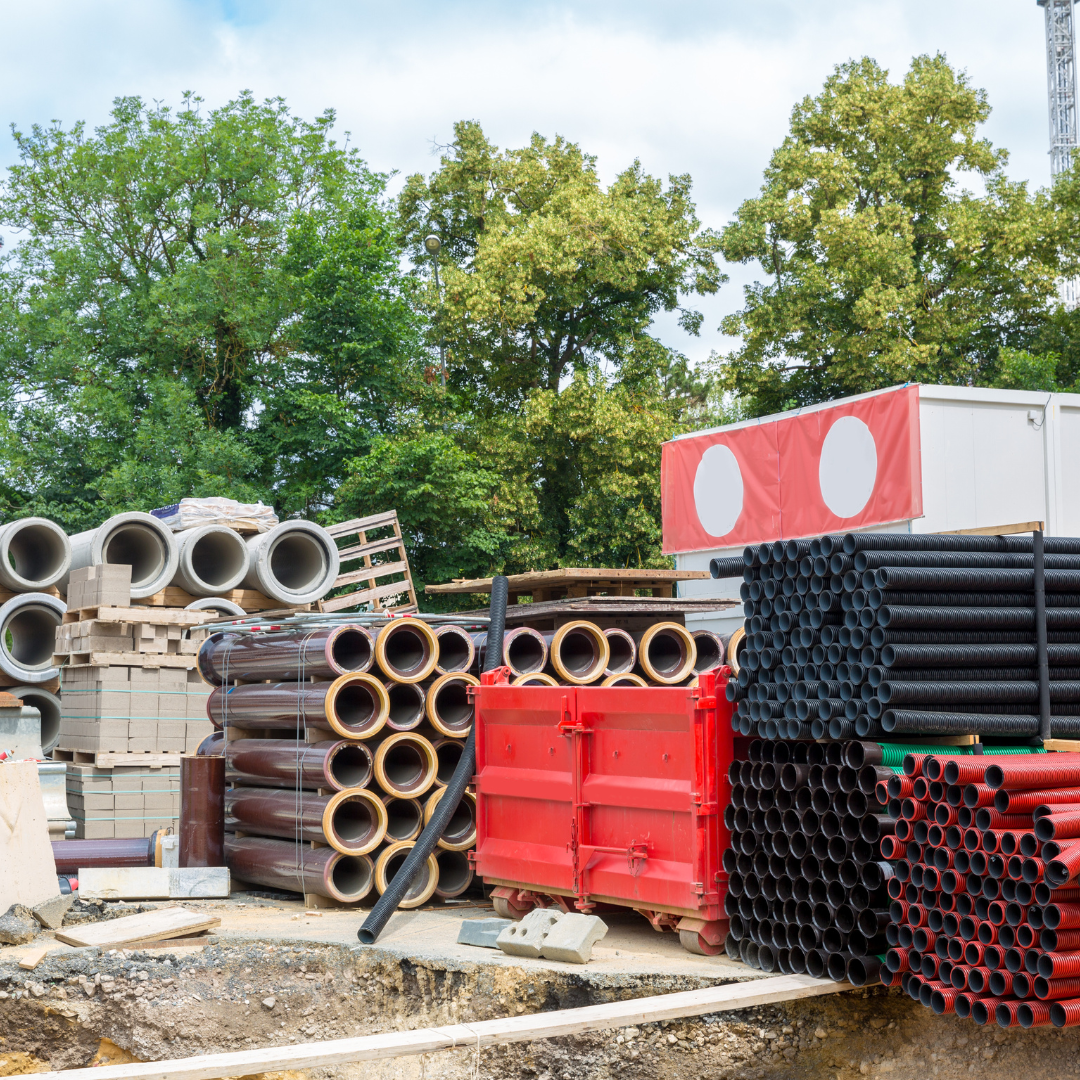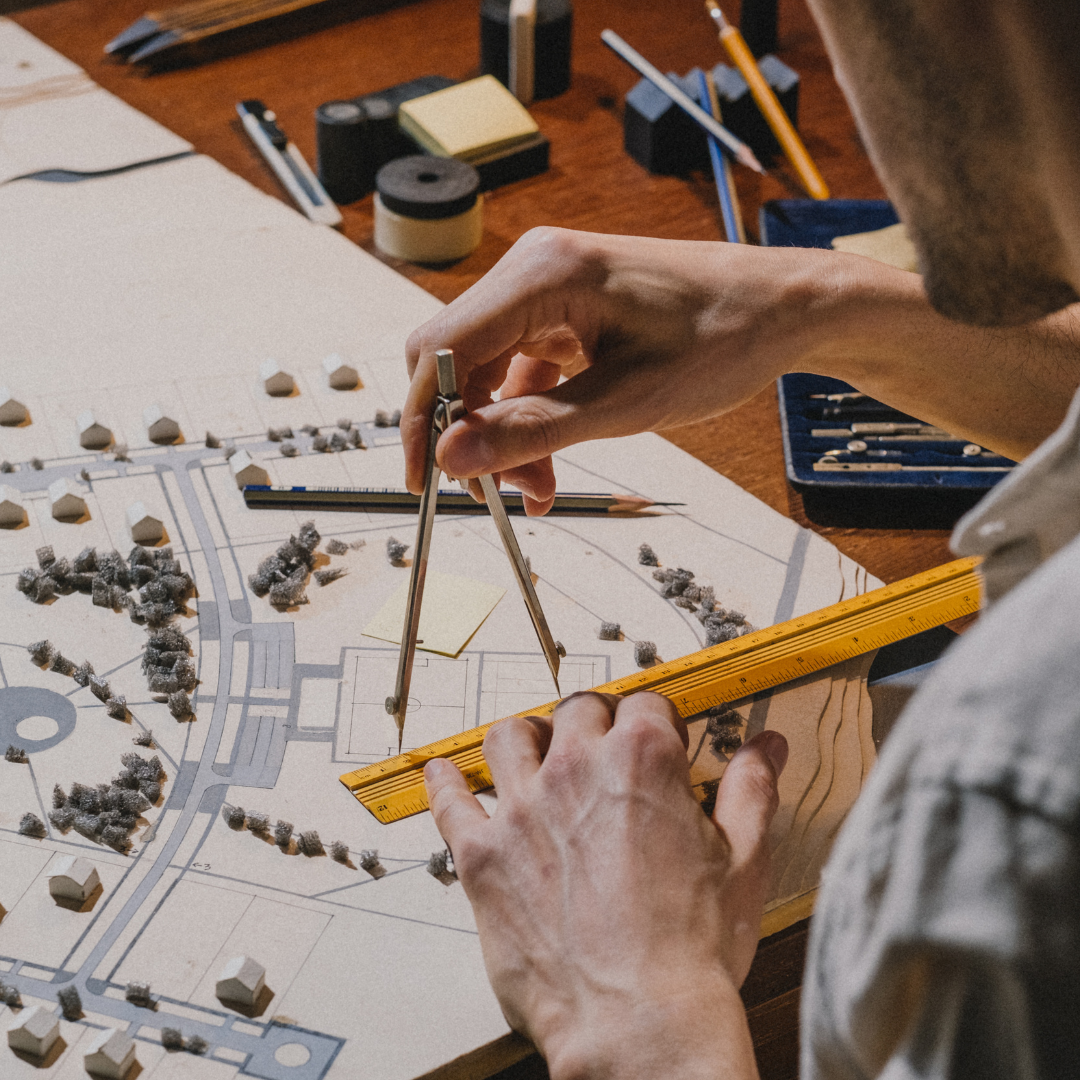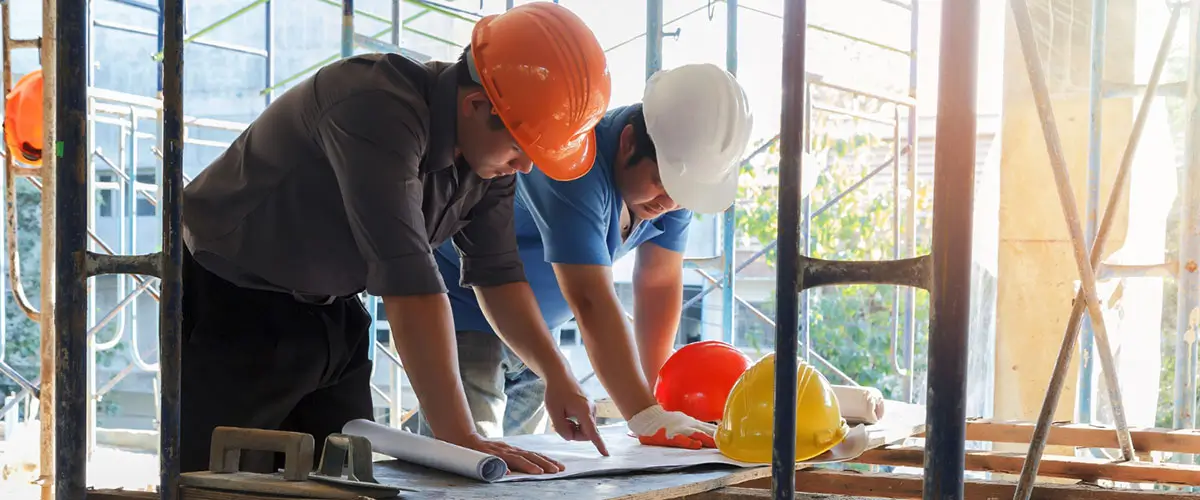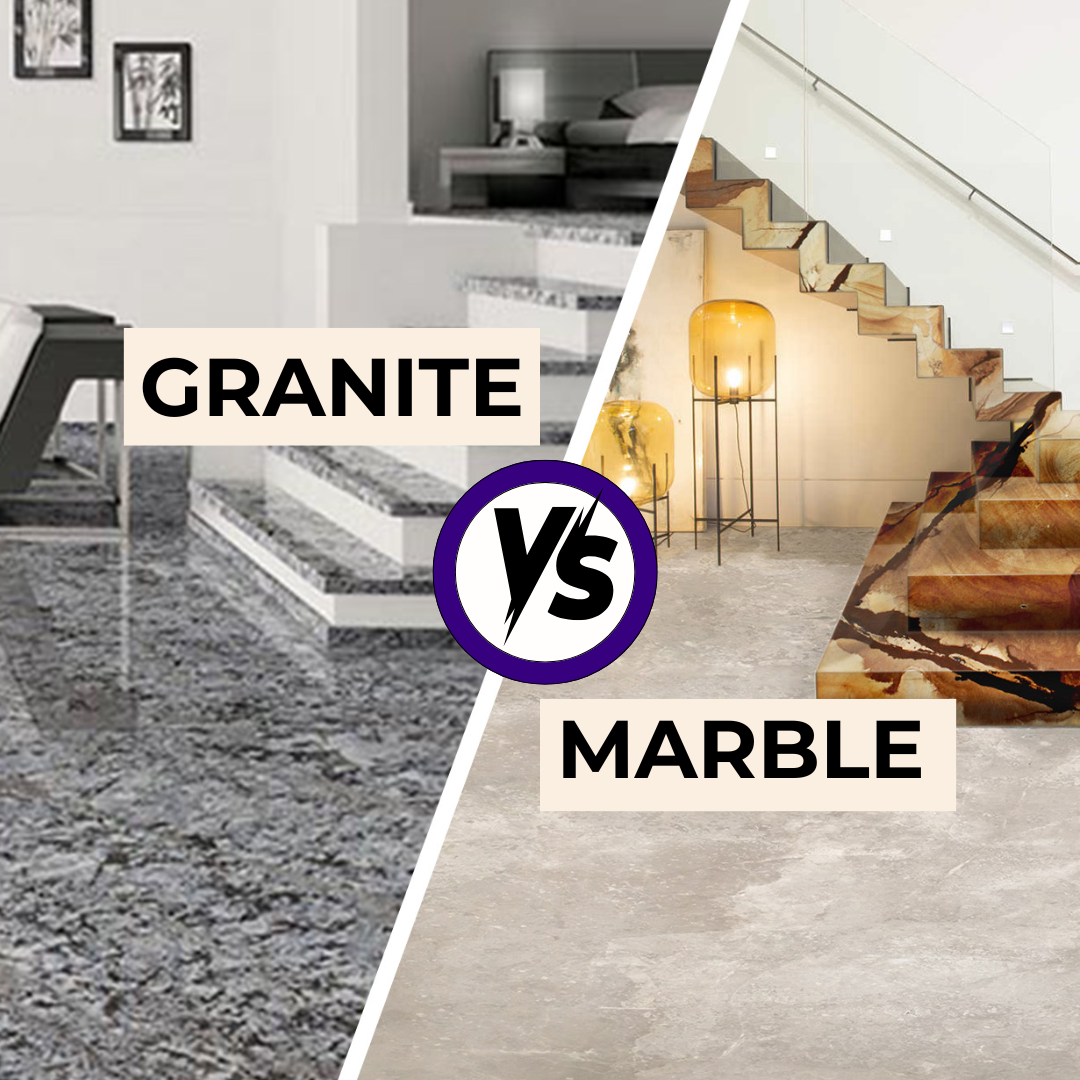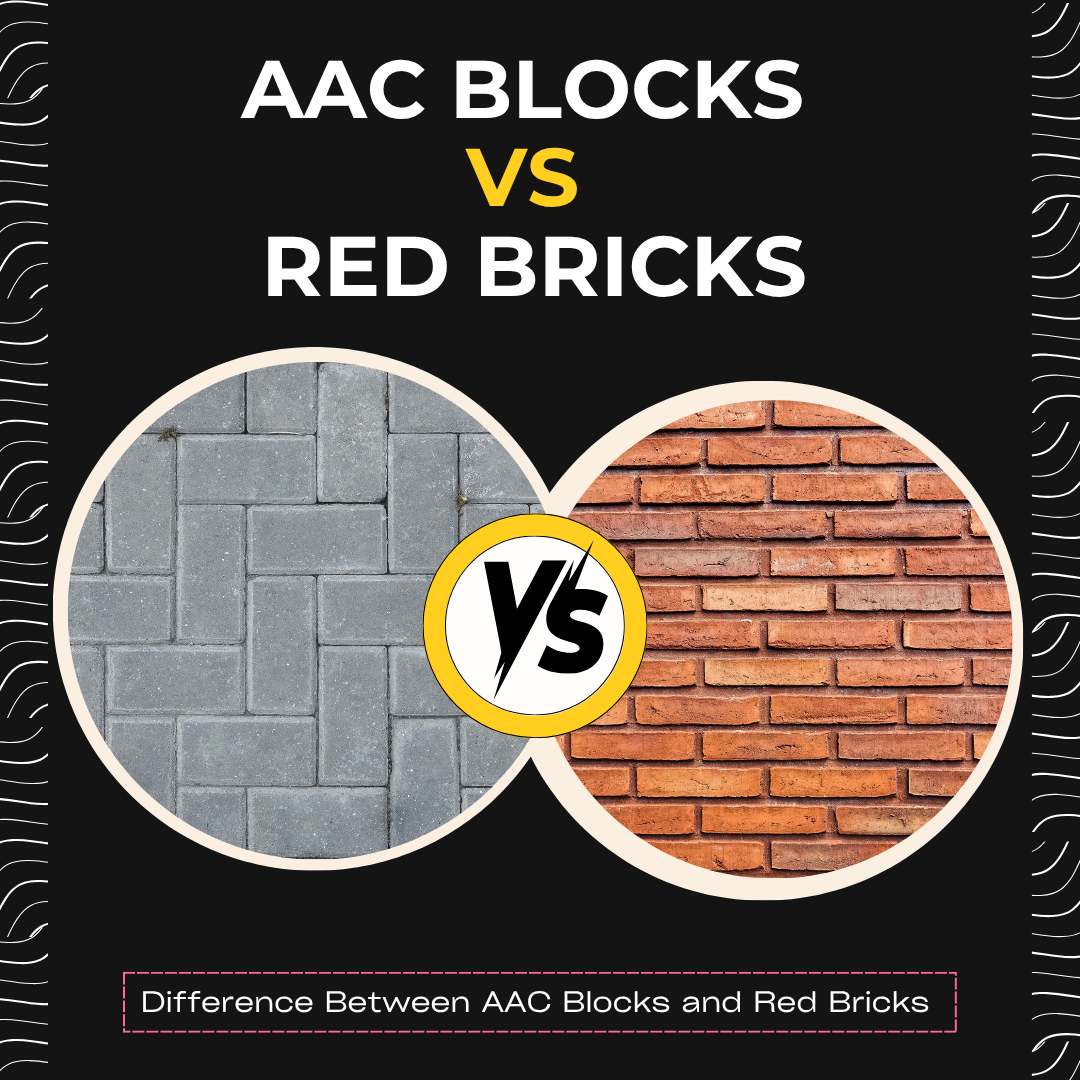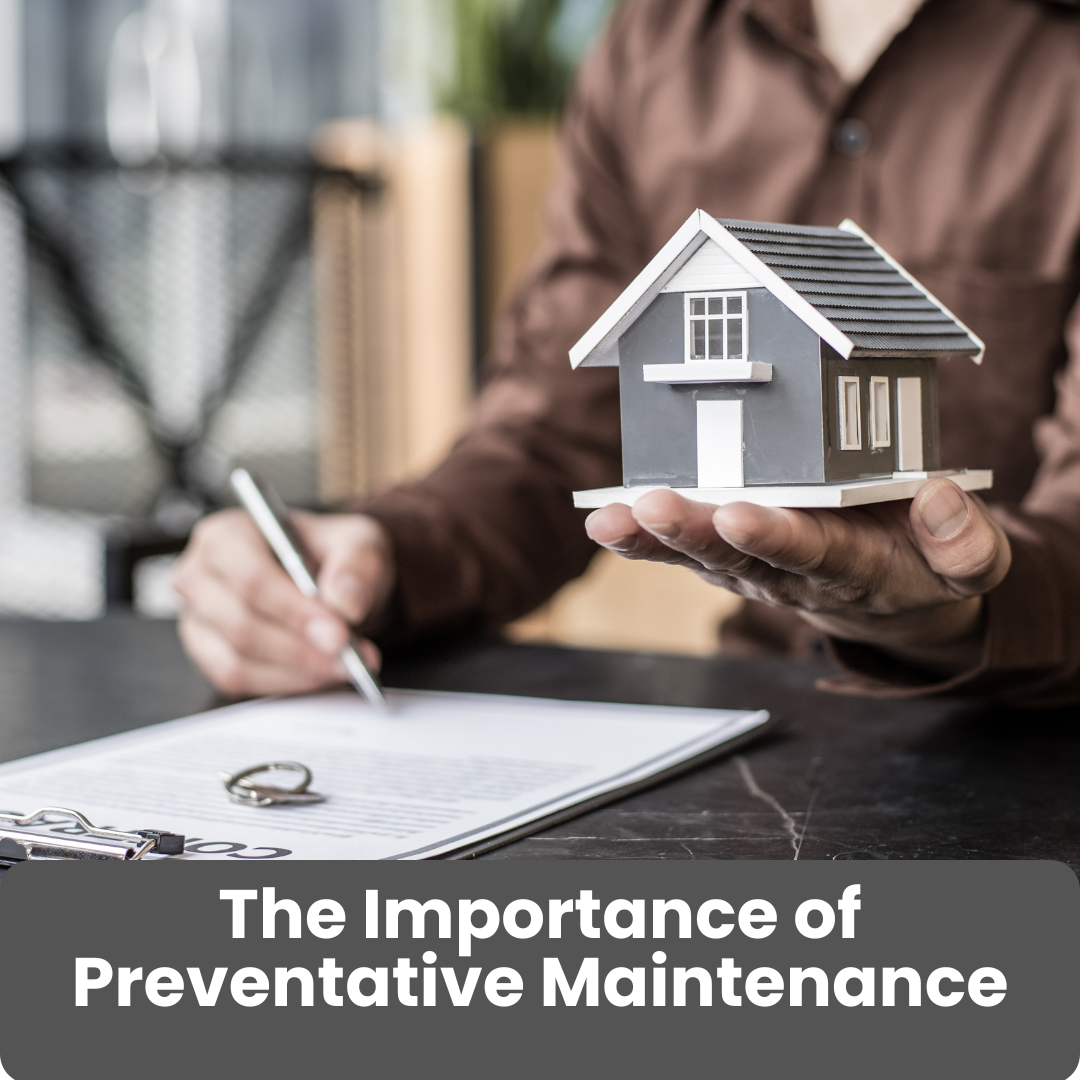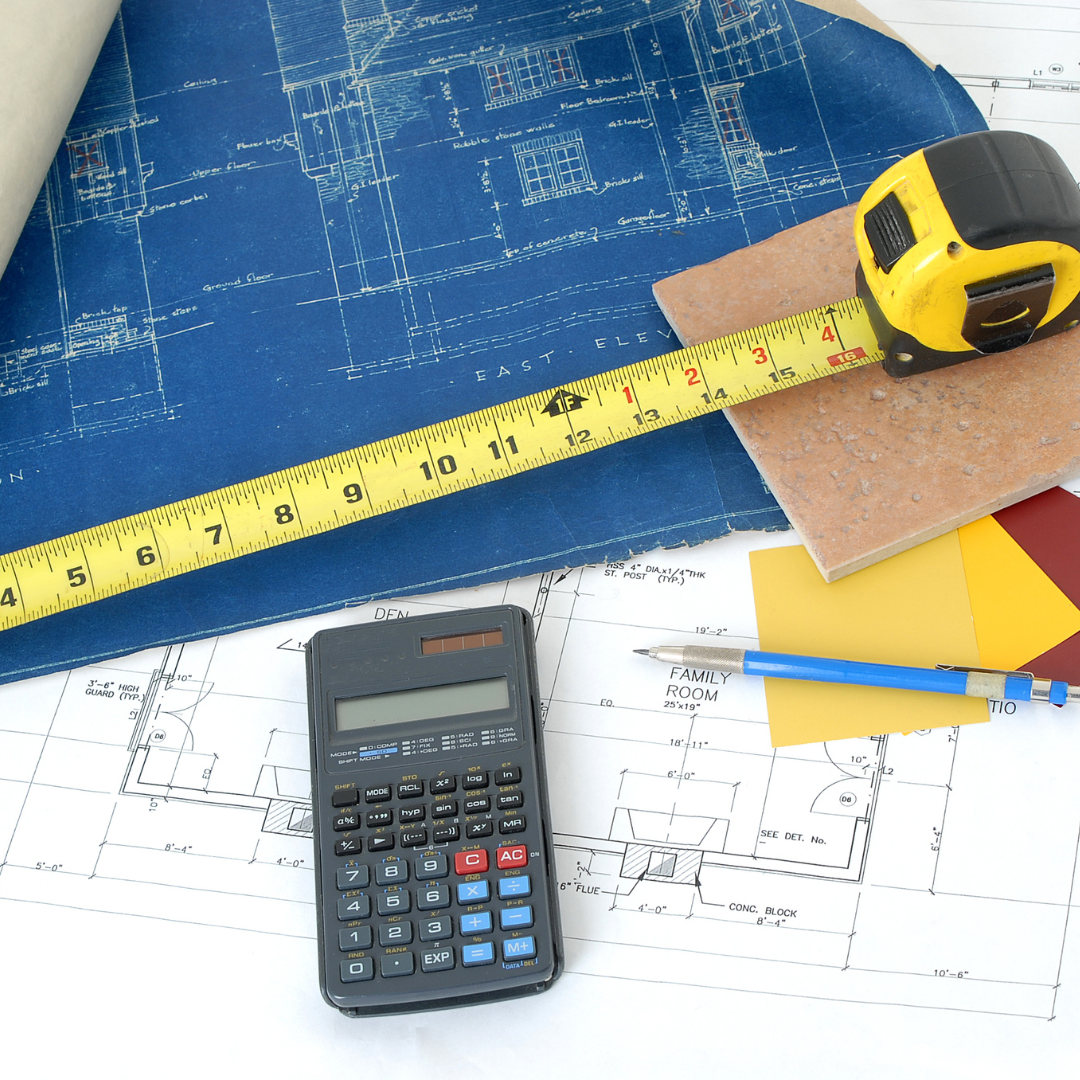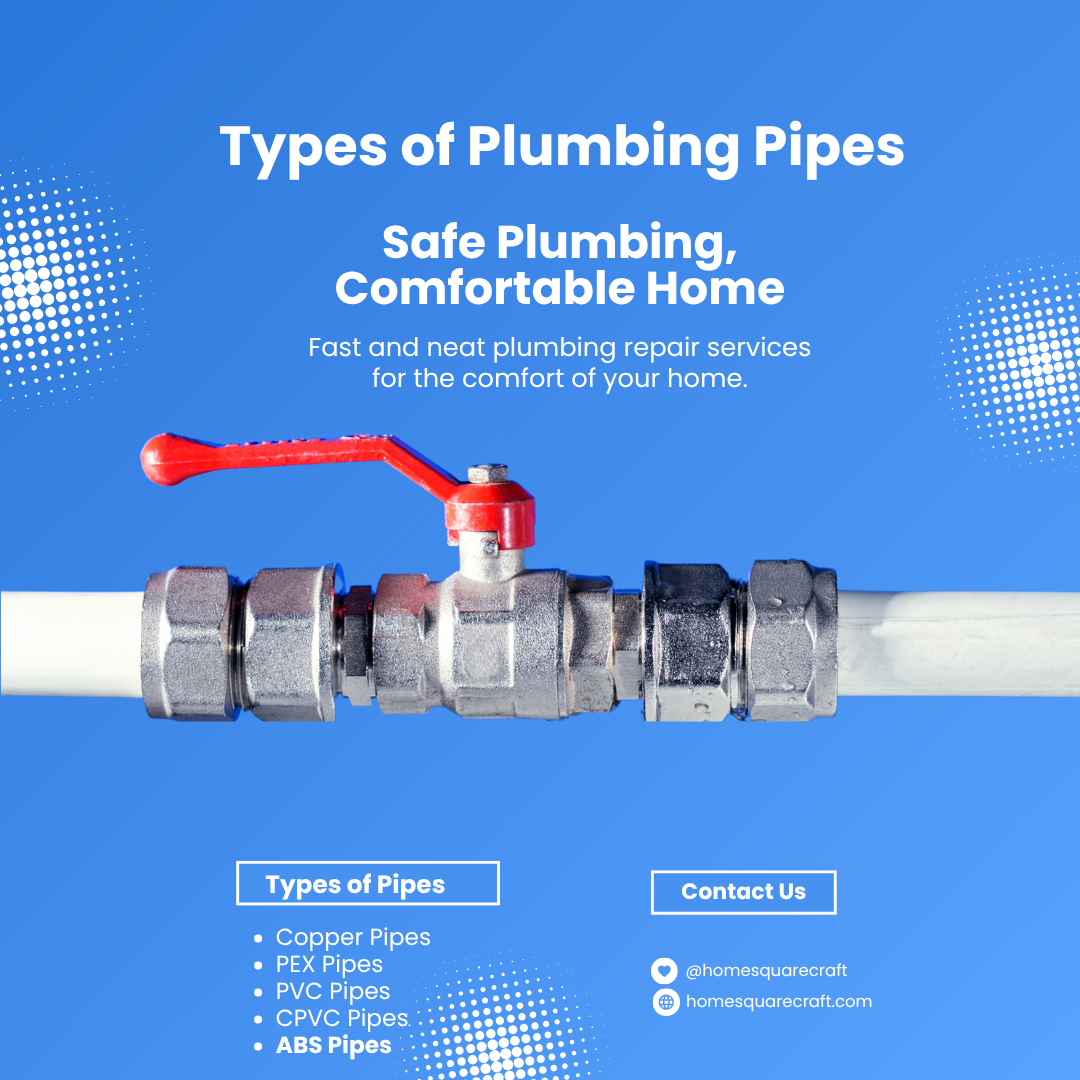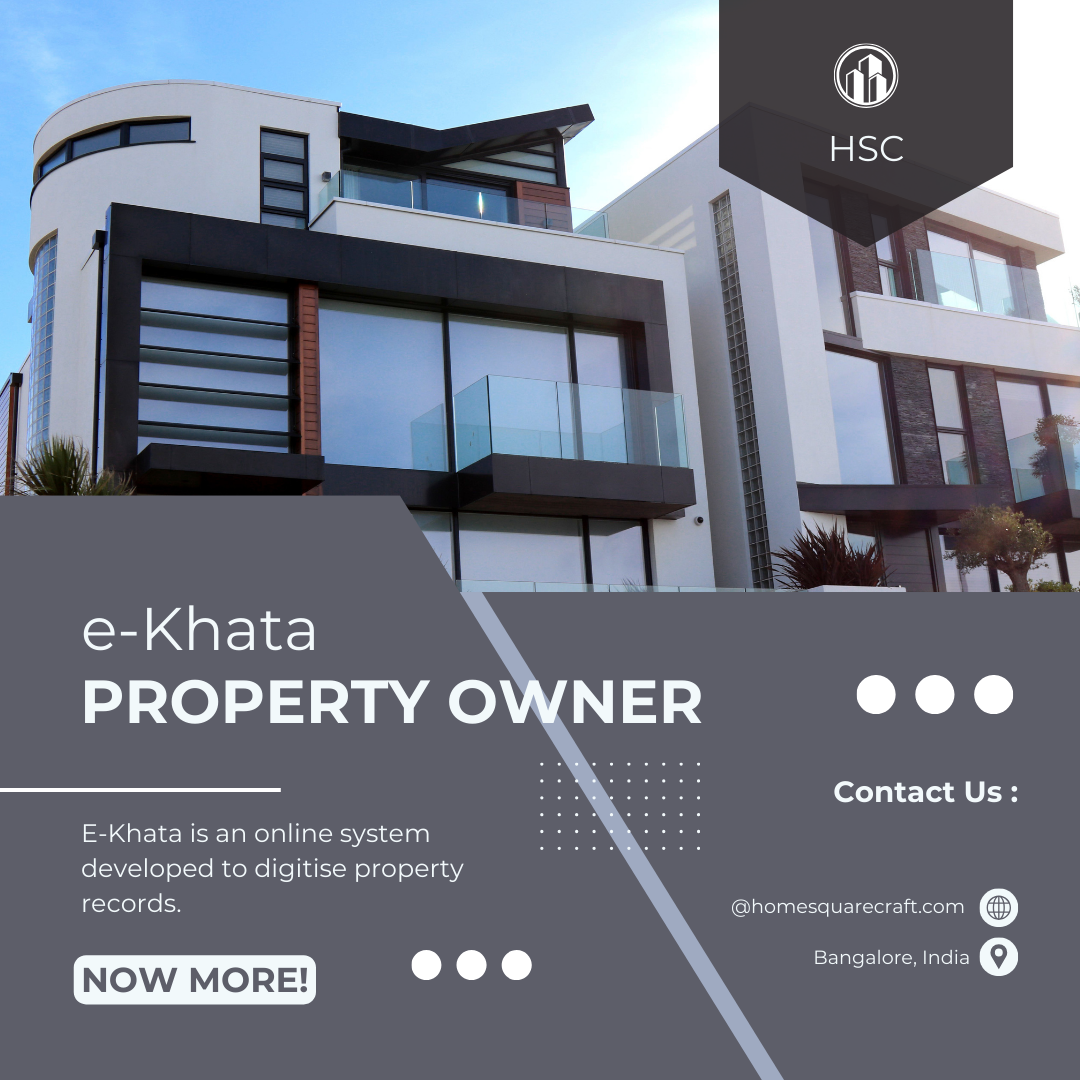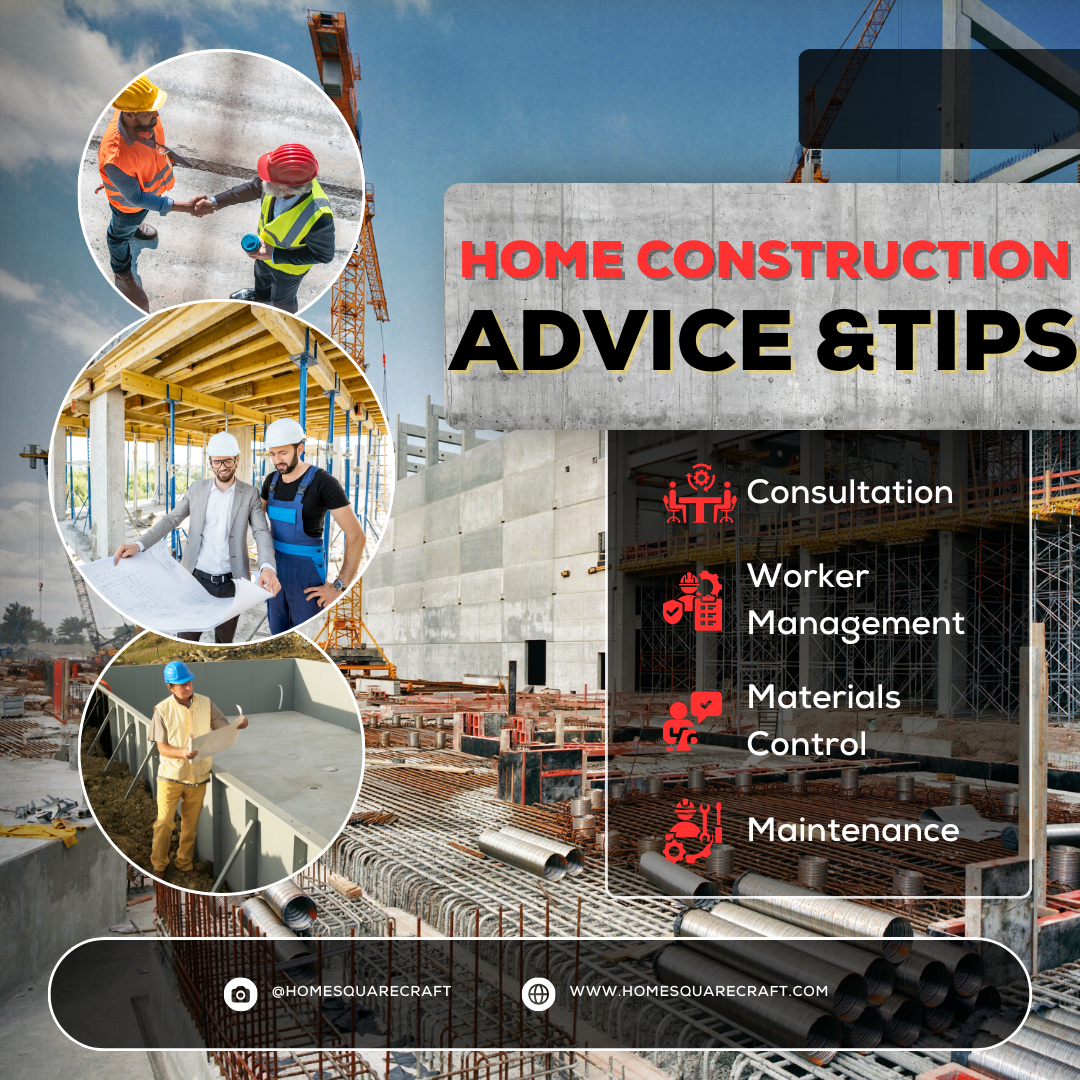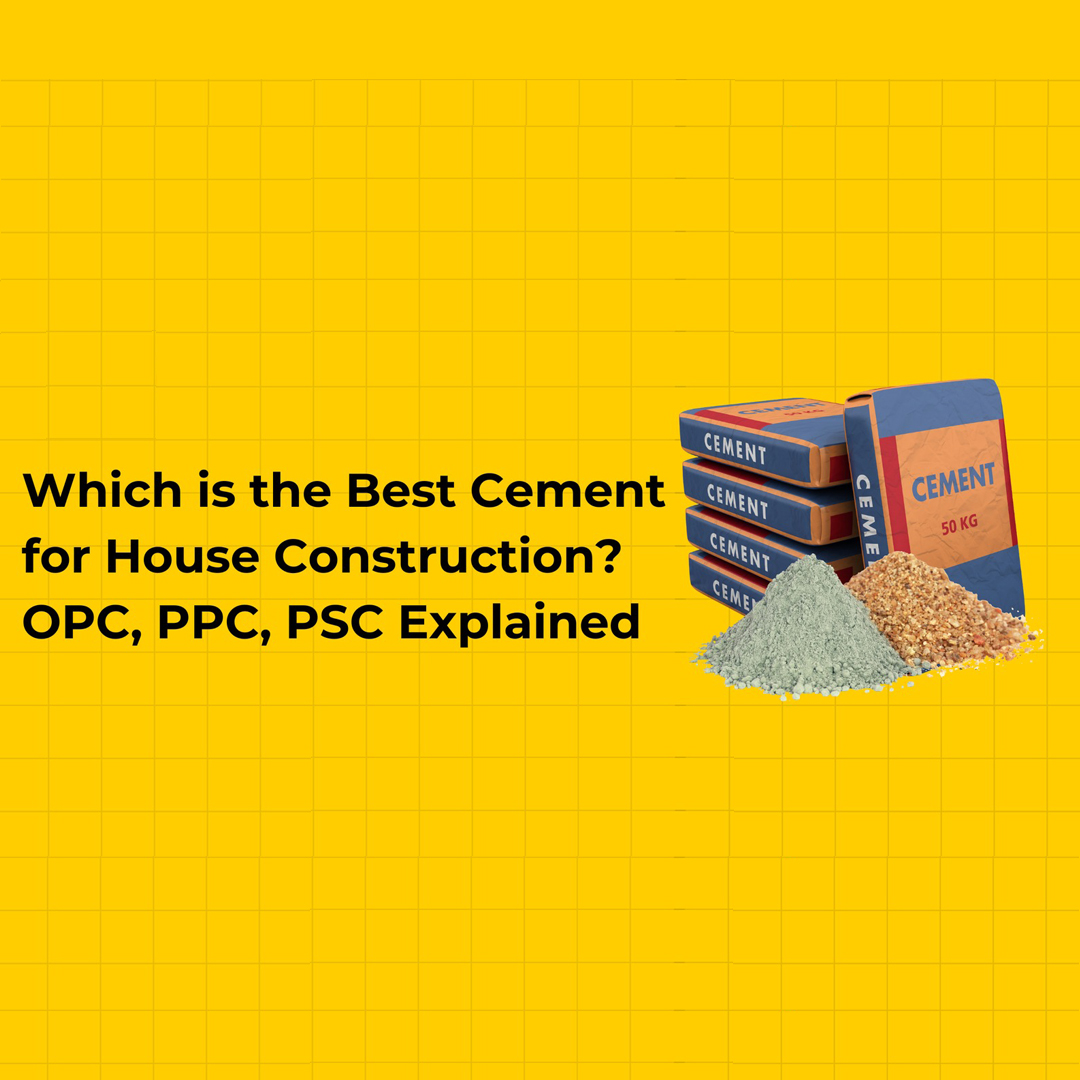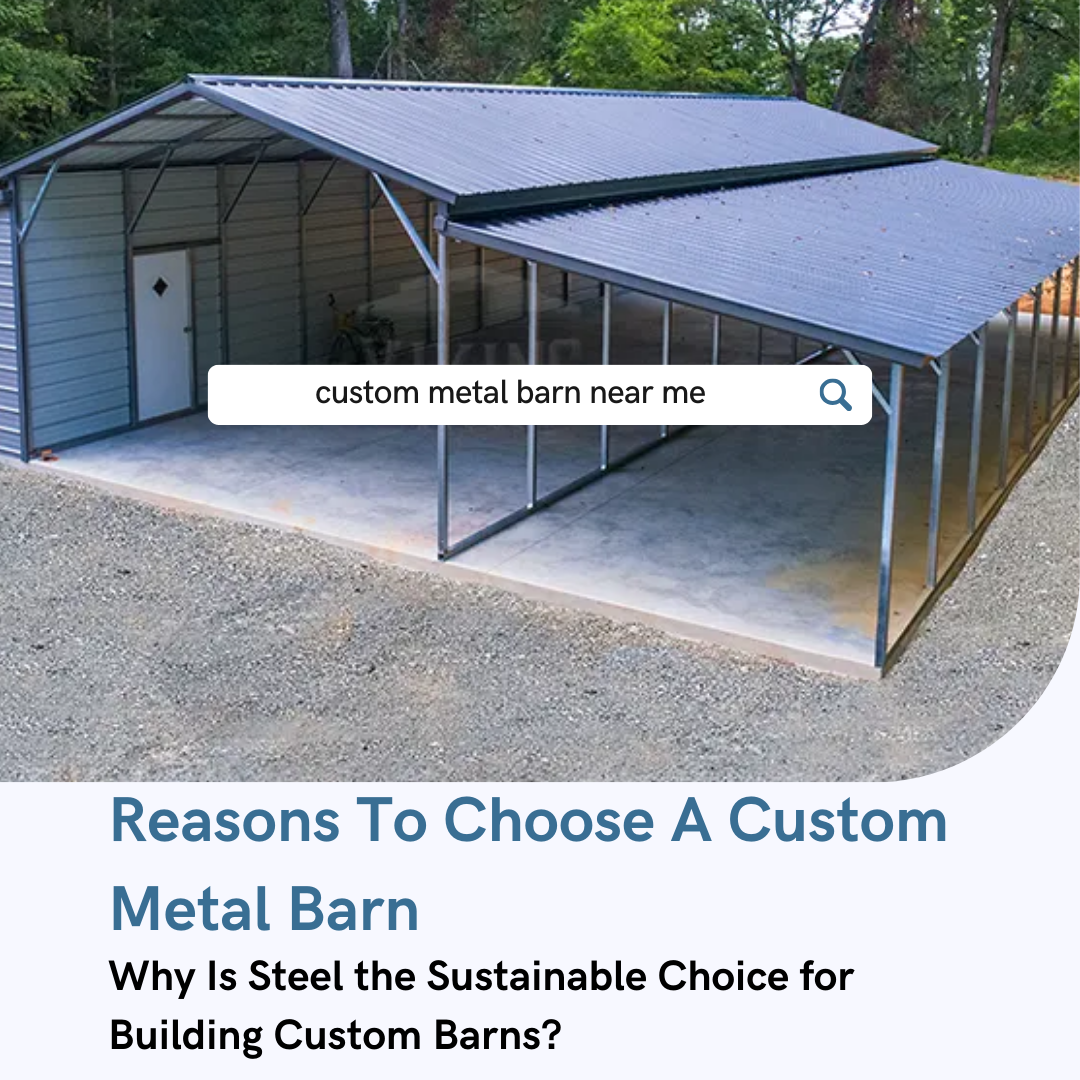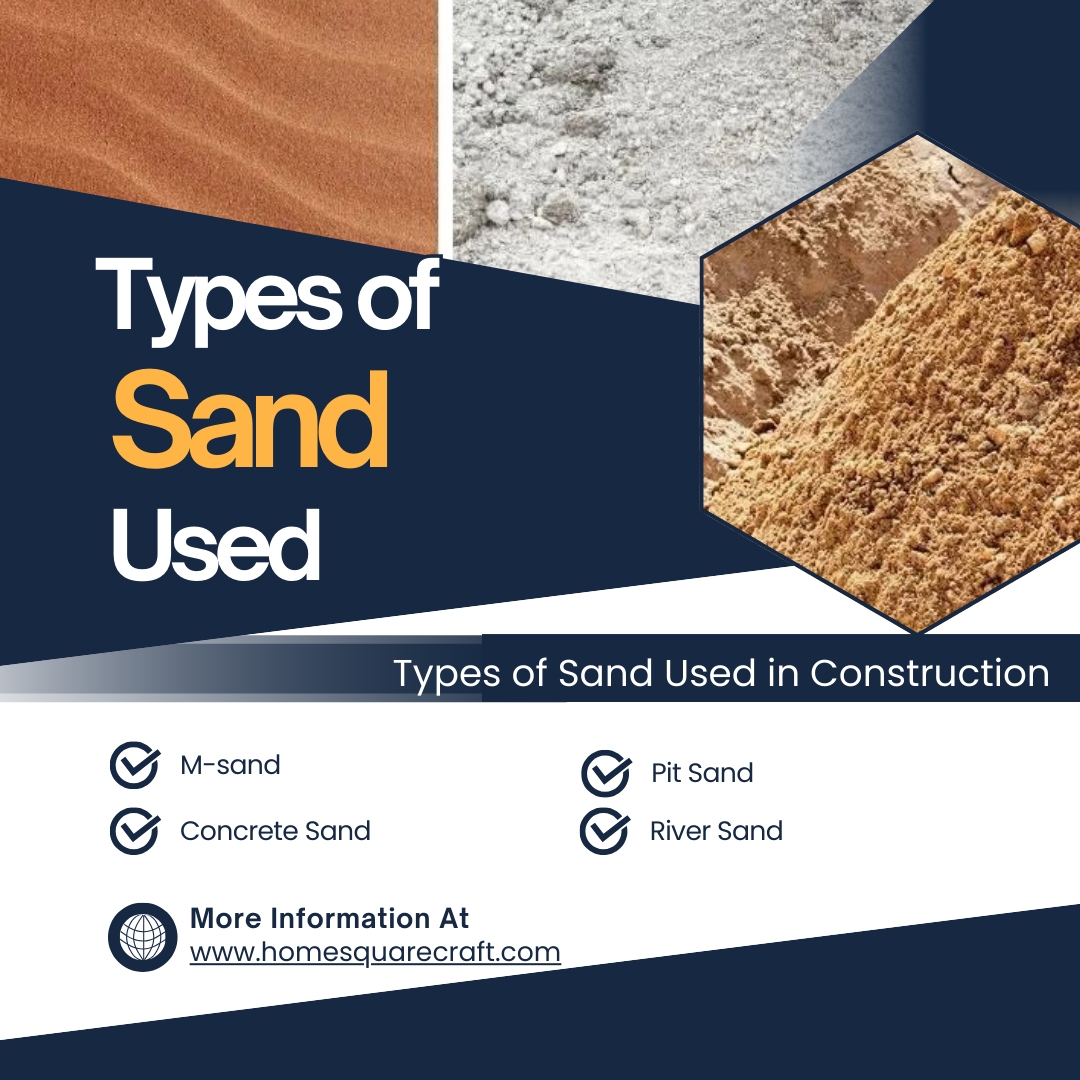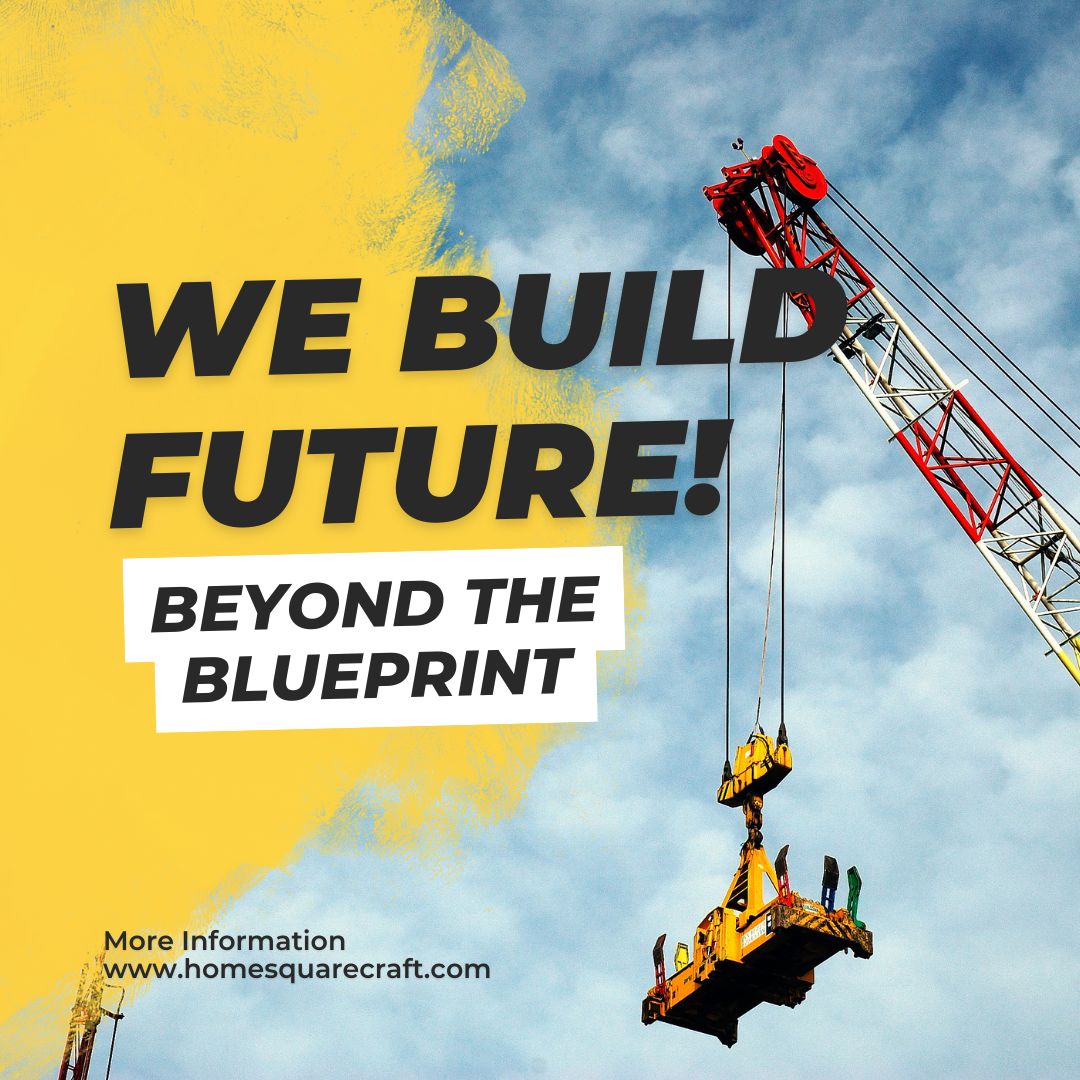Real Estate Sustainability Strategies
What is Sustainability, and how does it impact real estate?
Introduction
The term ‘sustainability’ has advanced from a forward-thinking concept to a worldwide need within just a few years. With sustainability debates capturing the attention of the public, concern about climate change and carbon footprints, alongside the more eco-friendly ways of life, now focus on a different domain rather than transformation in the real estate industry.
Now, as a developer, investor, or a common individual looking to buy home in Jaipur, it is no longer optional to have an understanding of what sustainability is and its impact on real estate. Rather, an integrated part of decision-making. Let’s look deeper into what sustainability is and how it is changing the way we think about the places we live and work in.

What is Sustainability?
Sustainability: a key driver of value creation for real estate owners, investors and operators
At its core, sustainability is about meeting the needs of the present without compromising the ability of future generations to meet theirs. It’s a concept built on three foundational pillars:
Environmental Sustainability – This focuses on reducing the footprint by eliminating waste and using renewable energy sources alongside recycled materials in construction and operations.
Social Sustainability – This relates to the community’s well-being by advancing equity, human rights, and access to education and healthcare. (source)
Economic Sustainability – This revolves around the developer’s and buyer’s perspectives by ensuring that systems set in place are financially sound and promote enduring growth and value.
When applied to real estate, sustainability touches everything—from construction materials and energy usage to neighborhood planning and long-term livability.
Importance of Sustainability in Today’s World
Reinforcing phenomena such as global temperature rise, natural resource depletion, urbanization hyper-acceleration, and severe global weather have combined to create some of the worst environmental problems we are facing today. Urban sprawl is currently at an all-time high while infrastructure, water, energy, and housing become increasingly strained.
To mitigate such issues, responsible, sustainable real estate development encourages the construction of more efficient and ‘greener’ buildings. Developing this way helps preserve the environment, but as pointed out, it also has financial benefits, such as reduced expenses, higher property value, and improved life standards of residents. (source)
India’s urban future is becoming much more manageable by employing these strategies, especially when coupled with government initiatives like “Housing for All”. These programs are helping eco-friendly construction facilitated by solar panels, rain-water harvesting systems, and energy-efficient materials and appliances. (source)
The sustainability shift is primarily being spearheaded by the modern consumer, especially the younger demographics who are actively searching for eco-friendly houses. Sustainability is not only a deciding factor in marketing but also for purchasing real estate. Whether you’re considering property sale in Jaipur or investing elsewhere, green development has become a prime consideration.

How Sustainability is Shaping the Real Estate Sector
a. Green Building Practices
The use of materials starts with sustainable construction. Non-eco-toxic, recycled, and regionally procured goods are becoming the preferred choice for developers due to their reduced carbon footprint towards buildings. Architecture also encompasses a myriad of exclusions like sustainable design, which strives towards optimizing energy consumption; examples include passive cooling, natural ventilation, and maximized daylight.
Sustainably designed buildings are being rated and certified through LEED, BREEAM, and NGBS, among others. These certifications make sure that the design, construction and operation of buildings are within the specified standards of sustainability. (source)
b. Smart Infrastructure and Technology
The adoption of smart appliances is a game changer for sustainable living. Real-time monitoring of water and energy consumption through IoT systems enables residents and facility managers to manage and control consumption, elevating the optimization level.
The latest constructions from a lot of developers also include solar panels, rainwater harvesting systems and advanced waste management systems. The alteration of such technologies lessens the dependence towards external resources whilst reducing the costs of utilities and increasing self-sufficiency.
c. Financial Impact
The impact of sustainability goes beyond the environment; analyzing it from a financial perspective, it adds value as well. A green building typically has lower utility and maintenance expenses, providing a cost-effective solution for homeowners in the long run. Additionally, there is increasing market demand for green buildings, which results in greater resale and rental value.
In addition, there is a shift towards green construction, which is supported by government incentives, subsidies, and tax exemptions. This creates a new opportunity for developers and investors.
d. Urban Planning and Community Design
Cities themselves are undergoing change due to sustainable development planning. Modern development puts focus on creating pedestrian-friendly neighborhoods and enhancing the availability of public transport as well as parks and nature for a more active lifestyle.
These design choices aid in the reduction of emissions; however, sustainable urban design significantly improves the well-being of inhabitants by providing less polluted air, lower stress levels, and more opportunities for interacting with others.
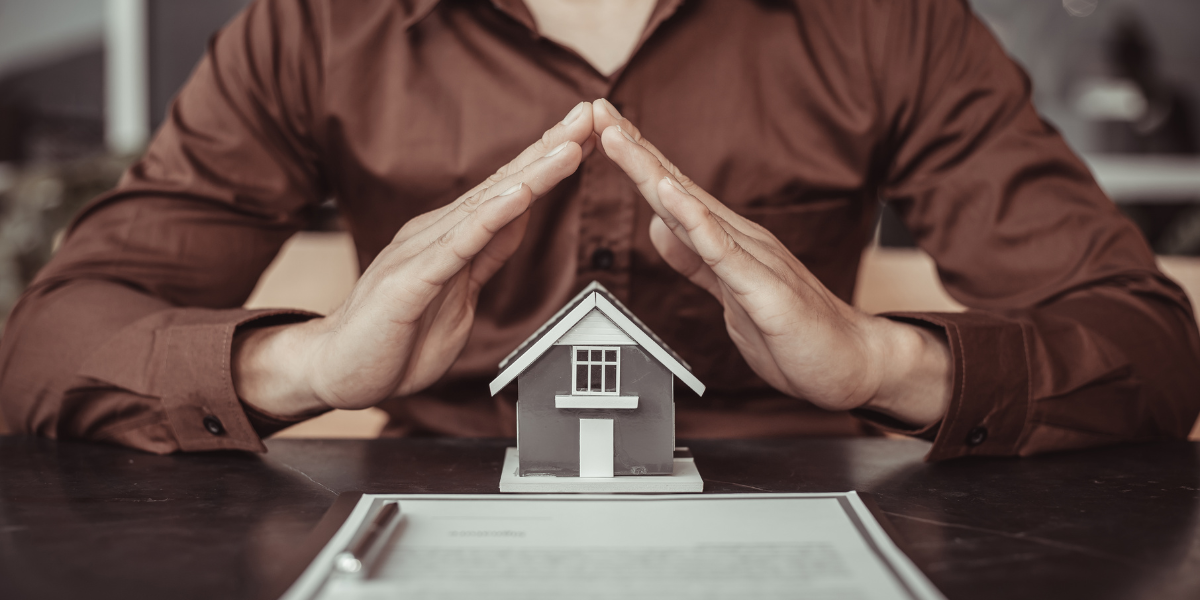
The Future of Sustainable Real Estate
It is clear that the emerging trends, circular construction (recycling and reusing materials), net-zero energy buildings, modular construction techniques, and others are paving the way for a more sustainable built environment.
Like other domains of sustainability, green real estate also follows minimization of waste through ever-continuous reusing, recycling, and restoration of resources, thus adopting circular economy principles. Products and materials have also been designed to be long-lasting and easily repairable, which drastically diminishes the need to replace them constantly and reduces the overall impact of buildings on the environment. (source)
The shift towards eco-sustainability is being implemented across the board in India, which is integrating smart infrastructure and eco-friendly designs in its commercial and residential projects. Driven by a growing focus on sustainability, real estate development is reaching new milestones by incorporating rainwater harvesting, solar energy systems, and vegetation into construction with unrivalled landscaping.
New policies and innovations are guaranteed to be some of the most important drivers in accelerating this shift. With the rising awareness among consumers and the tightening government policies, sustainable practices can no longer be viewed as an option; it’s an obligation.
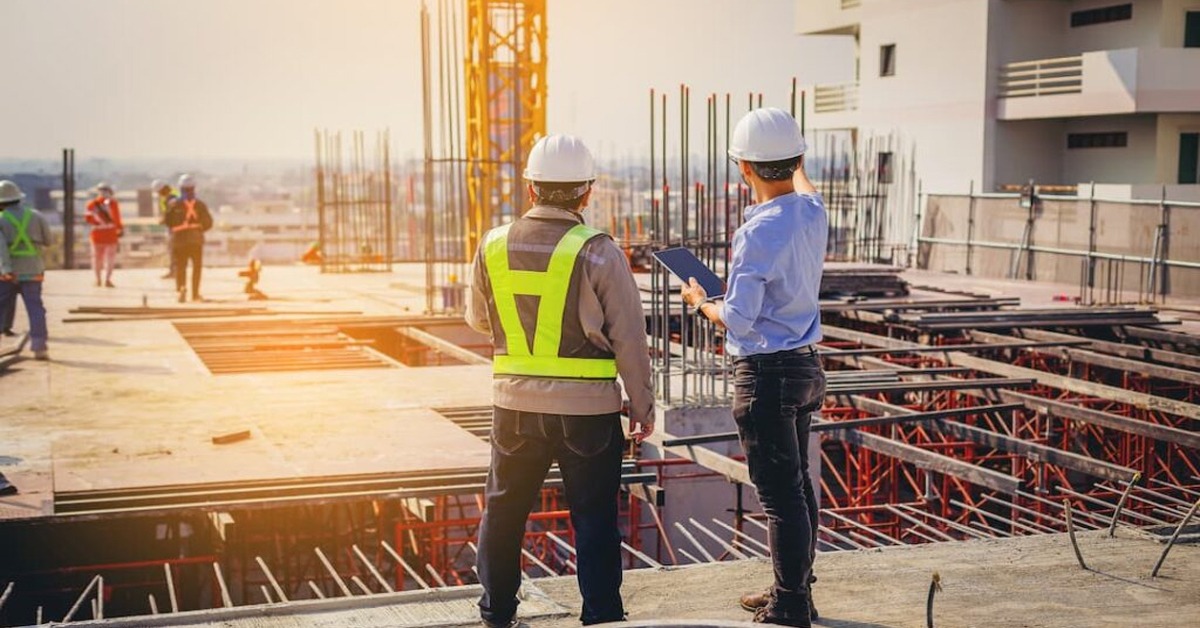
Conclusion
Sustainability is redefining the real estate sector—offering solutions to pressing global challenges while delivering value to developers and homebuyers alike. It’s about building smarter, living better, and preserving resources for generations to come.
For developers, embracing sustainability enhances brand value and future-proofs their projects. For homebuyers, it promises healthier living and long-term savings. And for the planet, it offers hope for a cleaner, greener future.


